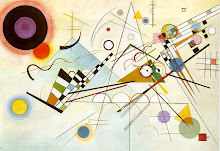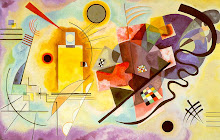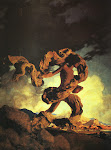Sylvia von Harden
1927
I decided to do a second post on Otto Dix because of a recent comment on the first. (You can find the first post here.) To begin with, out of all of my posts, the one on Otto Dix has so far been the most popular. Yet the only comment I have received on it is that the work of Dix is not art because it looks demented. While I suppose the person who posted it was a young teen, judging by her skill in writing, the sentiment I think is very common among adults: that is to say, art and clearly perceivable classical beauty go hand-in-hand. To me the question of what defines art has always been rather difficult, and my current theories are a bit too lengthy for a single post, but I want to try to address her comment at least shortly. For me, what I define as art is always beautiful, but it is beautiful by its transformation through the medium and not by the real-world qualities of its parts. That Otto Dix often painted the grotesque does not mean that the painting is just the grotesque mirror of the world, because by many factors, such as subject, symbolism, style, composition and color palette, the objects and ideas are, if you will allow the reference, transubstantiated into something completely new. But I also have to admit that what we accept as art is ultimately subjective. And I can no more successfully argue against a teen's disgust and rejection of Otto Dix than I can of an art critic's rejection of the Avant-garde.
What do you think?
Grazing Horses
1915
Three Nudes on the Beach
1923
The Street of Brothels
1914
Prague Street
1920
Flowers
1923
Portrait of Dr. Fritz Glaser
1921
Prisoners of War
1948
Seated Nude with Blond Hair
1931
David and Saul
1959
.jpg)
.jpg)
.jpg)
.jpg)
.jpg)
.jpg)
.jpg)
.jpg)
.jpg)
.jpg)







No comments:
Post a Comment